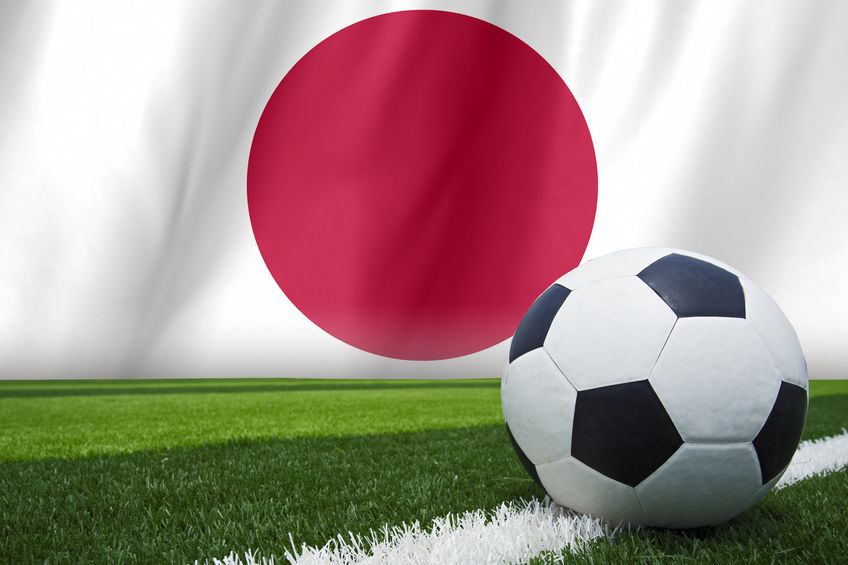Why is the Japanese women’s soccer team so good?

Why is Japanese Women’s Soccer Team So Strong?
A Deep Dive into the Nadeshiko Power
Japanese women’s soccer has been a force to be reckoned with on the world stage. Known affectionately as the “Nadeshiko Japan,” the football team has a reputation for its technical prowess, teamwork, and a distinctive style of play. But what drives the success of Japanese women’s football? Let’s explore the key factors that make this team a global powerhouse.
Strategic Growth Through “Nadeshiko Vision”
In 2007, Eiji Ueda, the Women’s Committee Chair, introduced a pivotal strategy called “Nadeshiko Vision.” This comprehensive plan laid the foundation for the growth of women’s soccer in Japan and included the following three pillars:
- Making soccer a major sport for Japanese women.
- Transforming Nadeshiko Japan into a world-class team.
- Developing players to meet world-class standards.
By emphasizing skill development from young ages and introducing a playing style focused on quick decision-making and agility, Japanese women’s soccer began to mold players like Hikaru Naomoto and Yoko Tanaka, who exemplified world-class standards.
The Nadeshiko League and Player Empowerment
The development of the Nadeshiko League and the strengthening of club management played a significant role in elevating women’s soccer in Japan. Innovative programs like the “Designated Overseas Players” scheme provided financial support for players’ relocation and living expenses. This initiative not only allowed players to gain international experience but also fostered a competitive environment that further enriched the domestic league.
Mixed-Gender Practice: A Unique Approach
One unique aspect of Japanese sports culture is the common practice of mixed-gender training. This inclusive environment has allowed female athletes to focus on personal development, playing in a more relaxed and effective manner.
Moreover, training alongside male counterparts from early ages has enabled Japanese women players to develop a competitive edge, learning to counter the speed and power of Western players.
A Smile Can Make a Difference: The Power of Enjoyment
Another fascinating insight into the success of Nadeshiko Japan is the visible joy and smiles seen on the players’ faces. In a competitive sport where pressure can often become overwhelming, the Japanese women’s team has embraced the idea of playing with a sense of enjoyment.
This attitude aligns with sports psychology principles, which suggest that feeling joy and having fun can indeed lead to a higher level of performance. By embedding this philosophy into their training and play, Nadeshiko Japan has created a positive feedback loop that encourages continuous growth and achievement.
Professionalization and The WE League
The launch of the WE League in 2021 marked a new era for women’s soccer in Japan. By making all players professional, the league has fostered a new level of commitment to the sport.
Furthermore, the increasing number of Japanese players in top international leagues has brought new dimensions to the game in Japan, cultivating players who are both powerful in attack and resilient under pressure.
Building Trust and Unity
Last but not least, the relationship between players and staff is rooted in deep trust and collaboration. This sense of unity, augmented by cheering and support from teammates, has been instrumental in molding a team that performs at its best, especially in high-stake matches.
Conclusion: A Symphony of Factors
The strength of Japanese women’s soccer doesn’t hinge on a single factor but is a symphony of carefully orchestrated elements: strategic planning through Nadeshiko Vision, robust league structures, mixed-gender training environments, professionalization, a culture of enjoyment, and unwavering trust within the team.
As Japanese women’s soccer continues to shine on the world stage, including remarkable successes at World Cups, these underlying principles stand as a testament to a system that recognizes the importance of both individual growth and collective achievement.
In the end, Nadeshiko Japan’s triumphs are more than just victories on the pitch; they are a celebration of a culture that has nurtured a unique and powerful approach to the beautiful game.












